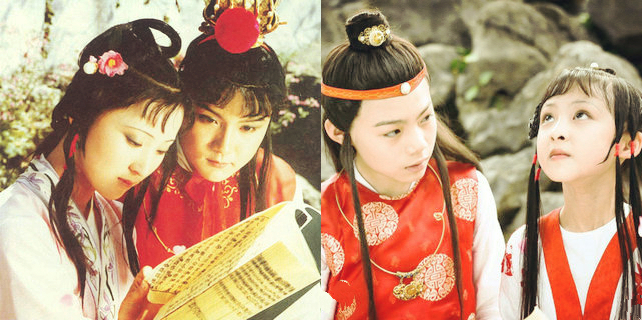Chinese tourists pack into ruins of Angkor
Some urban Chinese avoid traveling around Spring Festival and the National Day holiday week as most of their compatriots are on the move then.
I have largely stuck to this unconventional wisdom over the years in the country.
But last week, when 6 million people from the Chinese mainland were expected to travel to foreign shores, I ventured to Cambodia, a country of 15 million, with a child in tow.
We landed in the same place as hundreds of Chinese tourists: Siem Reap, a province in Cambodia's northwest where the ancient wonder in stone - Angkor Wat - is located.
A friend in that country joined us as we explored the ruins of what is considered the world's largest surviving religious structure, built first in Hindu style and then in Buddhist, starting from the rule of the young Khmer King Jayavarman II in the ninth century up to the 13th century or so by his successors, most notably Suryavarman II.

The moss-and-lichen-clad temple city, spread across some 160 hectares, could take days to fully discover.
The classic Khmer architecture and esthetics amid the lush natural scenery are features that perhaps draw modern visitors to it besides the curiosity of faith.
In the few hours we had, we got glimpses of the central complex of Angkor Wat, which is surrounded by a placid moat, and Bayon and Ta Prohm, two significant auxiliary temples.
The calmness of the area makes it hard for a foreigner to imagine the violent history of modern Cambodia.
On the day of our visit, the largest number of tourists at the world heritage site appeared to be from China, based on how local tour guide after tour guide spoke only in Chinese to their respective groups. We also noticed many independent Chinese travelers, such as young couples and students.
Later during our stay in Siem Reap town, we found more Chinese tourists at a night market for knickknacks, a restaurant serving local food and on boats along an estuary, where a floating village is the star attraction. Some smiled and waved at us as our boats crossed paths on our journey to an open lake.
For someone like me, who doesn't know how to swim, such gestures can be comforting.
China's links with Cambodia go back a long time.
French scholar Claude Jacques writes in his book on Angkor that "more descriptive evidence" of the early years of the Khmer Empire, eventually one of Southeast Asia's most powerful, were found in the accounts of the Chinese who began to trade with the principal country (of the Khmer civilization) they then called Funan.
We missed a view of the sunrise over Angkor Wat, thanks to relentless rain earlier this month in Siem Reap.
Our hired car and tuk-tuk (three-wheeled vehicle) waded through water in parts of the town.
But as a result, we caught another great sight - children swimming in a submerged street.
Contact the writer at satarupa@chinadaily.com.cn
(China Daily 10/13/2017 page2)




















